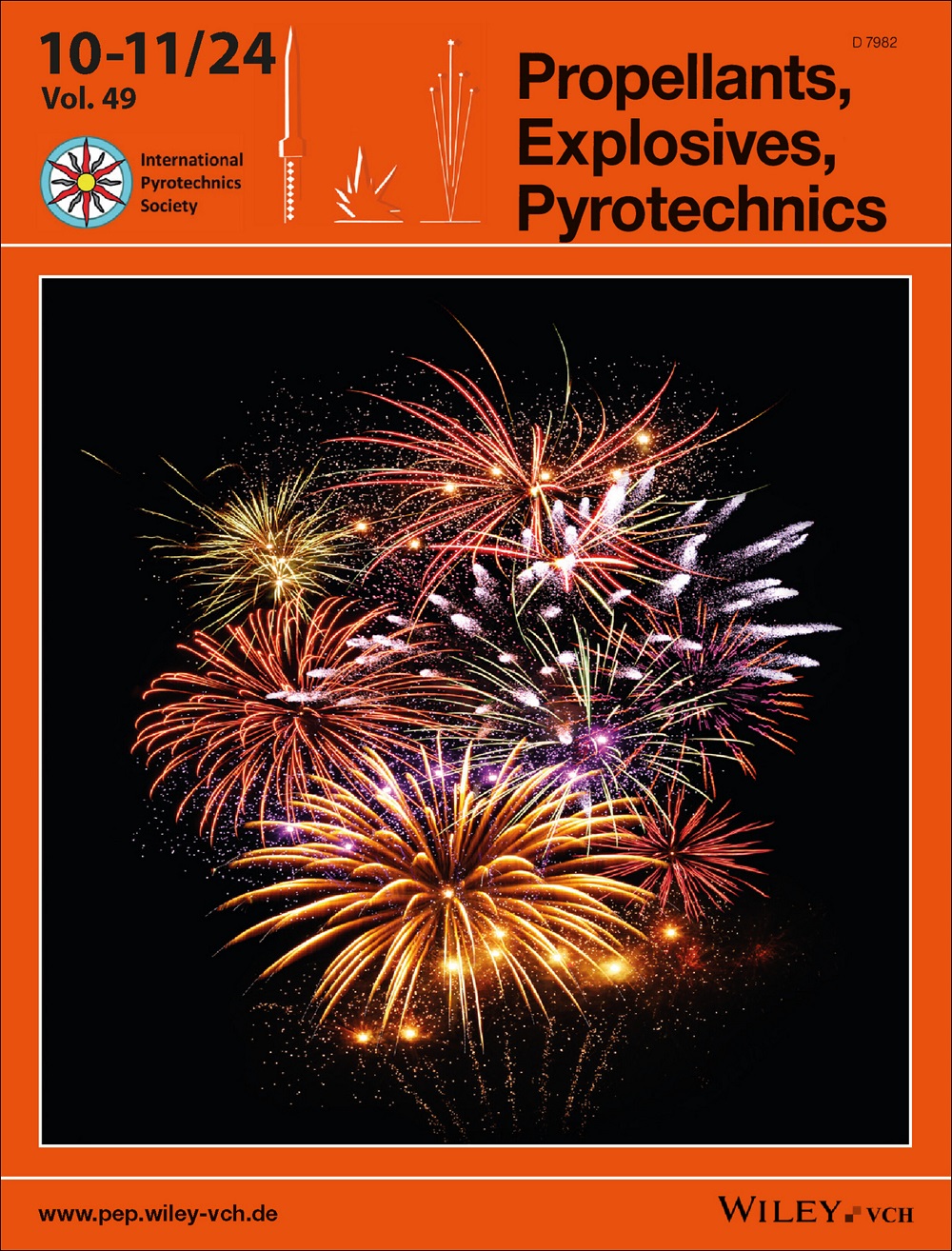东斯海尔德河海弃弹药劣化研究
IF 2
4区 工程技术
Q3 CHEMISTRY, APPLIED
引用次数: 0
摘要
大量过剩弹药被倾倒在世界各地的地表水中。在炮弹降解和腐蚀后,弹药中的金属化合物和高能物质最终会进入环境。这些化合物或其代谢物对环境和人类健康有毒。同样在荷兰,第二次世界大战后的几十年间,弹药被倾倒在几个海洋垃圾场。其中一个倾倒地点是 Zierikzee 附近的东斯海尔德河。在 2020 年对东斯海尔德河弹药倾弃场进行监测期间,发现了弹药物品。在东斯海尔德河海底放置 50 多年后,对部分弹药的腐蚀情况和海上倾弃弹药的泄漏途径进行了研究。对其中一些弹药的均匀腐蚀率估计为 0.01-0.03 毫米/年。此外,还采用了基于超声波方法的无损检测技术来测量套管的厚度轮廓。所得结果与人工测定的厚度轮廓非常吻合。超声波方法甚至可以测量完整弹药的外壳厚度,从而避免了拆卸弹药和去除爆炸填充物。本文章由计算机程序翻译,如有差异,请以英文原文为准。
Deterioration study of sea‐dumped munitions in the eastern Scheldt
Vast amounts of surplus ammunition were dumped in surface waters around the world. After degradation and corrosion of shells, both metal compounds and the energetic contents of the ammunition end up in the environment. These compounds or their metabolites are toxic to the environment and human health. Also in the Netherlands, ammunition was dumped over a period of several decades after World War II at several marine sites. One of these dumpsites is the Eastern Scheldt near Zierikzee. During the monitoring campaign of the ammunition dumpsite in the Eastern Scheldt in 2020, ammunition items were surfaced. The corrosion and presence of leak pathways of sea‐dumped munition were studied for a selection of munition items after being more than 50 years on the seabed in the Eastern Scheldt. For some of the items an estimated uniform corrosion rate of 0.01–0.03 mm/year was determined. Furthermore, a non‐destructive inspection technique based on an ultrasonic method was applied to measure the casing thickness profile. The obtained results corresponded well with the manually determined thickness profiles. The ultrasound method opens the possibility to measure the casing thickness of even intact munition items, thus avoiding the dissection of the munition item and removal of the explosive fill.
求助全文
通过发布文献求助,成功后即可免费获取论文全文。
去求助
来源期刊

Propellants, Explosives, Pyrotechnics
工程技术-工程:化工
CiteScore
4.20
自引率
16.70%
发文量
235
审稿时长
2.7 months
期刊介绍:
Propellants, Explosives, Pyrotechnics (PEP) is an international, peer-reviewed journal containing Full Papers, Short Communications, critical Reviews, as well as details of forthcoming meetings and book reviews concerned with the research, development and production in relation to propellants, explosives, and pyrotechnics for all applications. Being the official journal of the International Pyrotechnics Society, PEP is a vital medium and the state-of-the-art forum for the exchange of science and technology in energetic materials. PEP is published 12 times a year.
PEP is devoted to advancing the science, technology and engineering elements in the storage and manipulation of chemical energy, specifically in propellants, explosives and pyrotechnics. Articles should provide scientific context, articulate impact, and be generally applicable to the energetic materials and wider scientific community. PEP is not a defense journal and does not feature the weaponization of materials and related systems or include information that would aid in the development or utilization of improvised explosive systems, e.g., synthesis routes to terrorist explosives.
 求助内容:
求助内容: 应助结果提醒方式:
应助结果提醒方式:


